In this article, we will delve into the world of light painting, explore its techniques, and discover how it can unlock your creativity.
What is Light Painting?
Light painting is a photographic technique that involves using long exposure to capture the movement of light sources. By manipulating light using various tools such as flashlights, colored gels, or even fire, photographers can create stunning visual effects and patterns. The result is a photograph that reveals a beautiful and mystical interplay of light and darkness.
Tools of the Trade
- Light sources: Flashlights, LED panels, glowsticks, or even sparklers can be used as the main light-painting tools.
- Colored gels: These transparent sheets of colored plastic can be placed in front of the light source to create vibrant and unique colors.
- Light modifiers: By attaching various attachments to the light source, such as snoots or diffusers, photographers can control the direction and spread of light.
- Remote shutter release: To avoid camera shake during long exposures, a remote shutter release or cable release is essential.
- Tripod: A sturdy tripod is a must-have, as it keeps your camera steady during lengthy exposures.
Techniques to Create Stunning Light Painting
Developing mastery over light painting requires practice, experimentation, and patience. Here are some techniques to help you create captivating light paintings:
- Orbital Spins: Attach a light source to a string and rotate it around a central point to create mesmerizing circular light trails.
- Light Drawing: Use a flashlight or LED panel to “”paint”” in the air. By moving the light source carefully, you can draw shapes or write words in the photograph.
- Steel Wool Sparks: By igniting steel wool and spinning it around while taking a long exposure, you can capture sensational sparks and trails of light.
- Multiple Exposure Composites: Combine multiple light painting images together in post-processing to create complex and layered compositions.
Advantages of Light Painting
Light painting offers photographers a multitude of benefits, making it a popular and exciting technique to explore:
- Unleash Creativity: Light painting encourages you to think outside the box and experiment with various light sources, leading to unique and imaginative results.
- Artistic Expression: It allows you to transform ordinary scenes into extraordinary works of art, adding a touch of magic and mystery.
- Personalize Your Style: Light painting enables photographers to develop their signature style by experimenting with different light patterns, colors, and movements.
- Night Photography Delight: Light painting is especially captivating in low-light or nighttime settings, offering endless possibilities for creative exploration.
Key Takeaways
Light painting is a fascinating photography technique that combines artistry, imagination, and technical skills. Here are the key takeaways:
- Light painting involves using long exposure and light manipulation to create stunning visual effects.
- Tools such as flashlights, colored gels, and light modifiers help in shaping and coloring the light.
- Techniques like orbital spins, light drawing, steel wool sparks, and multiple exposure composites can produce captivating light paintings.
- Light painting unleashes creativity, offers artistic expression, helps develop a unique style, and shines in nighttime photography.
Embrace the world of light painting and unlock the endless possibilities it offers. Next time you venture out with your camera, don’t forget to bring along your trusty flashlight and let your creative spirit illuminate your photography.
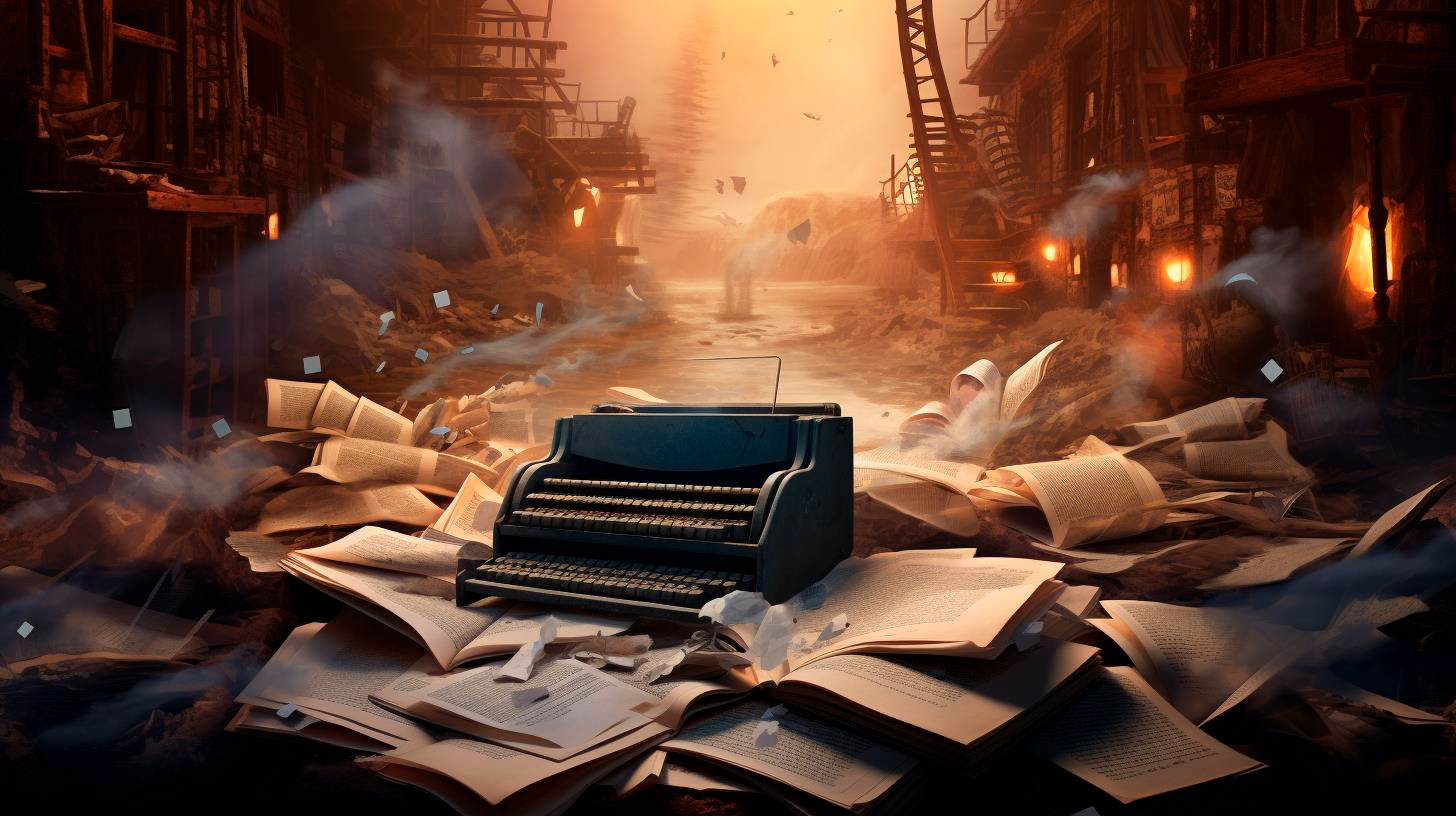
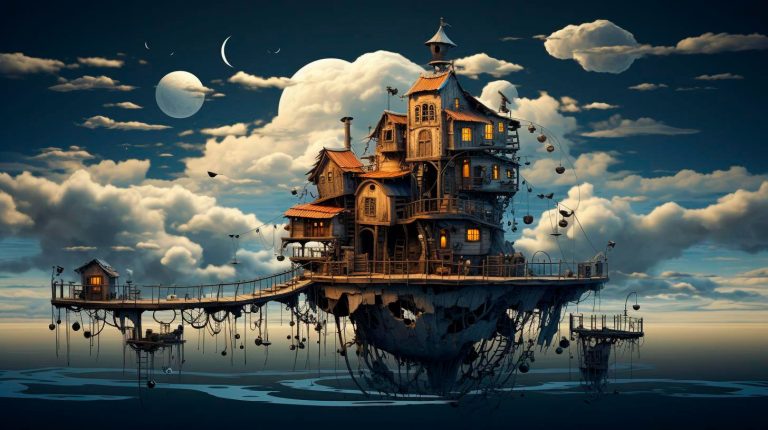
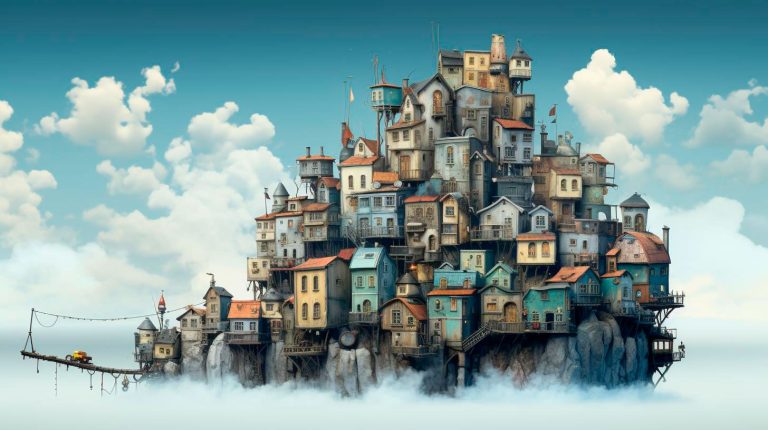



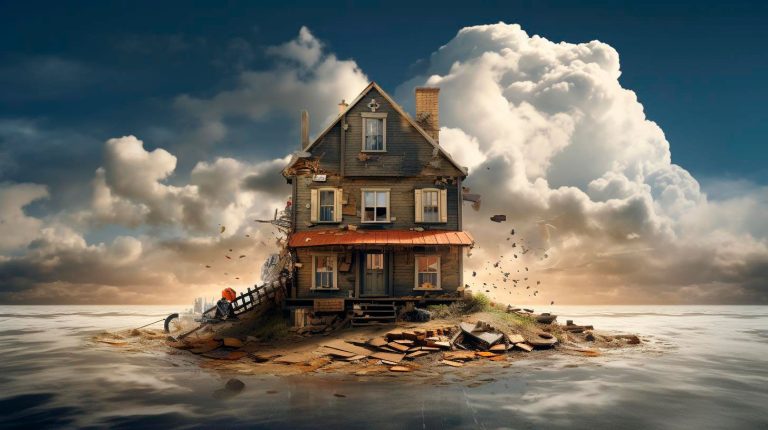
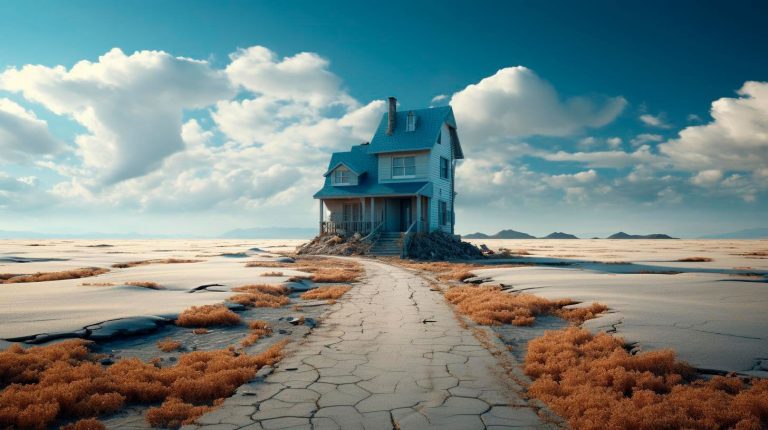







+ There are no comments
Add yours